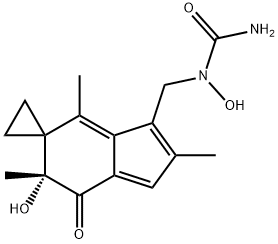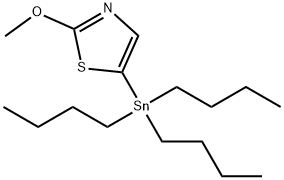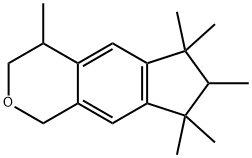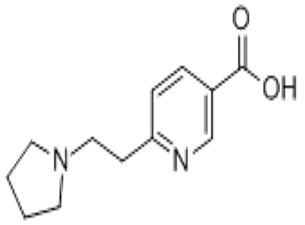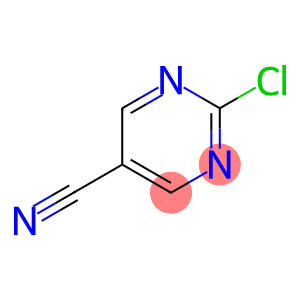Ethyl maltol(CAS#4940-11-8)
| Hazard Symbols | Xn – Harmful |
| Risk Codes | 22 – Harmful if swallowed |
| Safety Description | 36 – Wear suitable protective clothing. |
| WGK Germany | 3 |
| RTECS | UQ0840000 |
| HS Code | 29329990 |
| Toxicity | LD50 orally in male mice, male rats, female rats, chicks (mg/kg): 780, 1150, 1200, 1270 (Gralla) |
Introduction
Ethyl maltol is an organic compound. The following is an introduction to the properties, uses, preparation methods and safety information of ethyl maltol:
Quality:
Ethyl maltol is a colorless to pale yellow liquid with a special aroma. It is volatile at room temperature, soluble in alcohols and fatty solvents, and insoluble in water. Ethyl maltol has very good stability and is able to remain stable for a long time under the influence of oxygen and sunlight.
Use:
Method:
There are many ways to prepare ethyl maltol, and the commonly used method is to esterify maltol with ethanol in the presence of a catalyst to obtain ethyl maltol. Attention should be paid to controlling the reaction conditions and the selection of catalyst during the preparation process to ensure the purity of the product and the reaction effect.
Safety Information:
Avoid contact with eyes and skin during use, and rinse immediately with plenty of water if contacted.
Avoid prolonged inhalation and ingestion to prevent irritation to the respiratory and digestive systems.
When storing, avoid contact with strong oxidants and store in a cool, dry, well-ventilated place.
In case of accidental ingestion or discomfort, seek medical attention and inform your doctor of the chemicals used.



